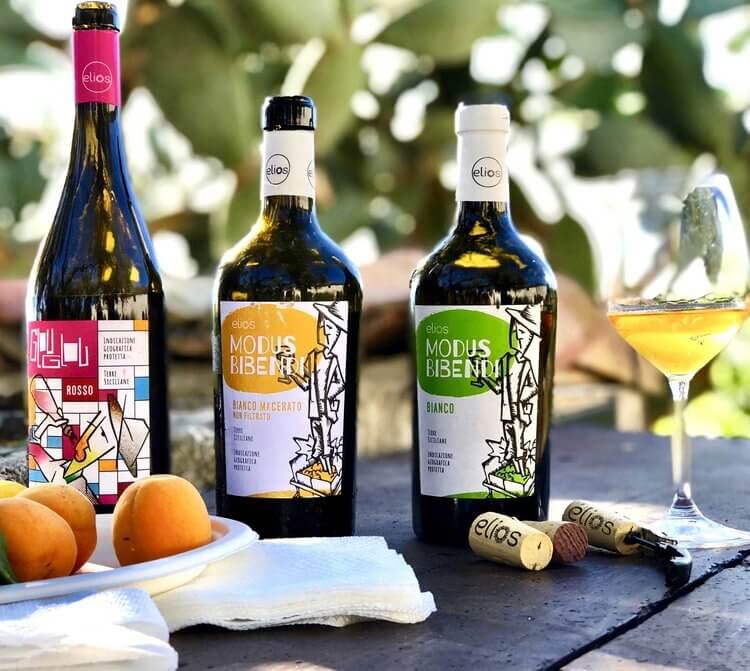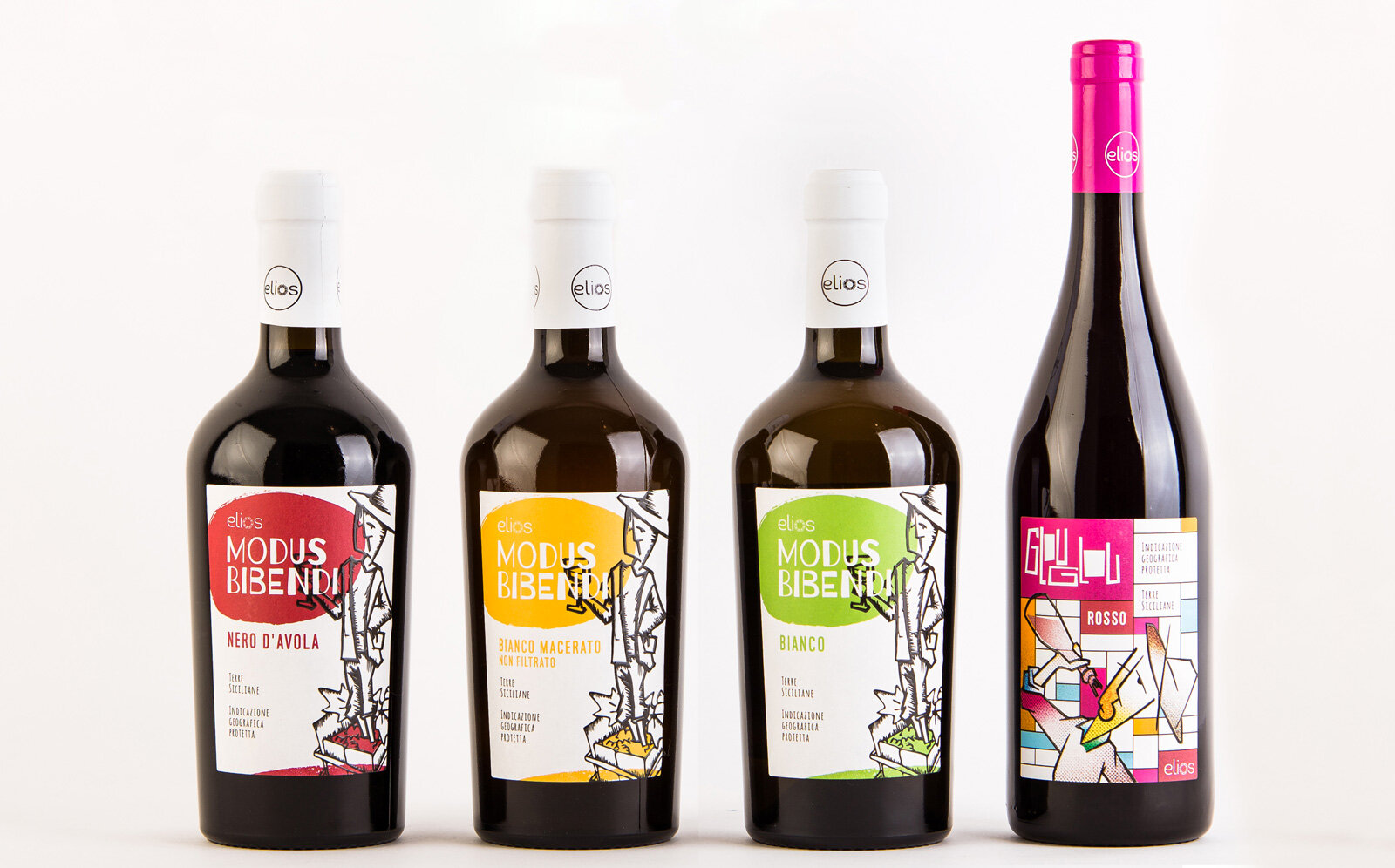CALORIES IN WINE - WINE NUTRITION FACTS
CALORIES IN WINE AND NUTRITION FACTS
When talking about wine nutrition facts, calories and carbs we have to distinguish at least between white wine and red wine.
We offer you below a summary about the two.
CALORIES IN WHITE AND RED WINE
Red wine and white wine have very comparable dietary profiles. A glass of red or white wine, in addition to alcohol and a residual sugar consumption of about 0.5 g, additionally carries an honest quantity of mineral salts such as manganese, potassium, magnesium and iron and traces of calcium and zinc. Within the wine there also are a few nutrients consisting of B6, riboflavin and niacin.
The amount of calories in red wine and white wine differs barely:
in standard, a 100 ml of white wine have approximately 4-5 Calories less than red wine. But, as already noted, the calculation depends on alcohol content material: the higher the higher the range of calories.
CALORIES DEPEND FROM ALCOHOL CONTENT
The alcohol content is described with the aid of the alcohol volume: generally that of red wine is higher than that of the white version. To discover how many calories there are in a 100 ml glass of wine, you can start from the alcohol content, calculate the amount of alcohol - and consequently of calories - contained in one liter of drink. A tenth of the value located will correspond to how a whole lot alcohol and calories are contained in a single glass.
CALCULATE WINE ALCOHOL CONTENT
Suppose we have a white wine with a 10% alcohol content. This value enables to find the milliliters of alcohol contained in a liter:
1 liter = 1000ml, where ml stands for milliliters;
1000 ml x 10% = 1000 ml x 10/100 = 1000 ml x 0.1 = 100 ml.
In a single liter of the wine shown as an instance there are 100 ml of alcohol. Considering that 1 ml of alcohol weighs 0.5 g, it is feasible to gain the weight in grams of 100 ml of alcohol, that is: 100 x 0.8 = 80 g. therefore, one liter of a 10% wine carries 80 grams of pure alcohol.
Each gram of alcohol provides 7 kcal: by drinkin 100 ml of 10% wine, you take approximately 70 kcal.
In the case of a 15% red wine, the caloric consumption of a 100 ml glass becomes a 105 kcal. Anyways, this is a non negligible amount.
WINE NUTRITION FACTS
The following nutrition information is provided by the USDA for one glass red wine.
Fat: 0g
Sodium: 7.2mg
Carbohydrates: 4.7g
Fiber: 0g
Sugars: 1.1g
Protein: 0.1g
Carbs in Wine
You'll consume just under four grams of carbohydrate if you drink a glass of wine and about one gram of sugar (or slightly different depending the residual sugars, remained after fermentation). The estimated glycemic load of wine is zero.
Fats in Wine
There is no fat in wine.
Protein in Wine
Wine does not provide calories from protein.
Micronutrients in Wine
Different types of wine provide different vitamins and minerals, however, wine is not a good source of micronutrients in general. A glass of red wine, however, does provide 0.2 mg of manganese, or about 10 percent of your daily recommended needs. You'll also get small amounts of iron, magnesium, phosphorus, and potassium.


